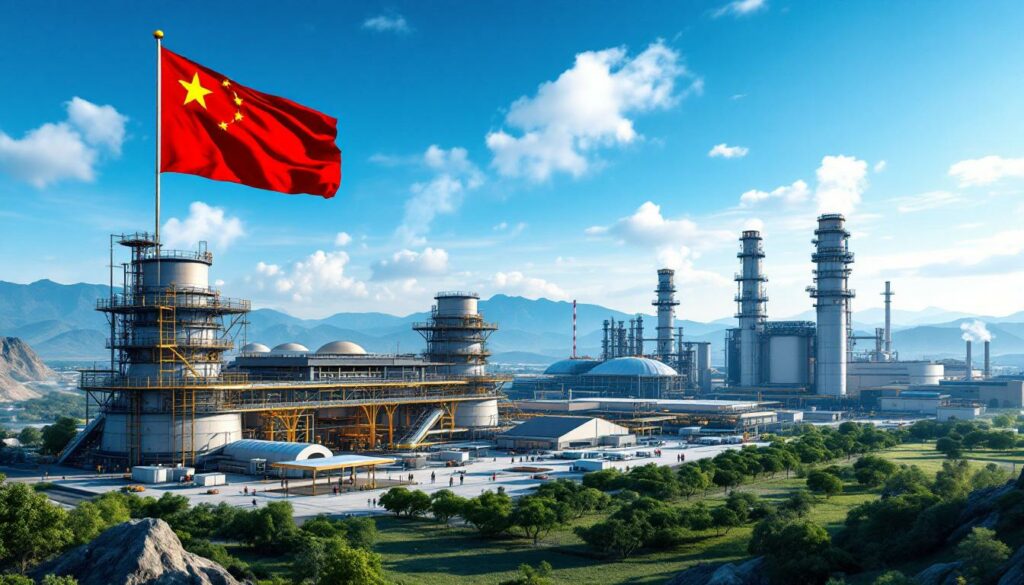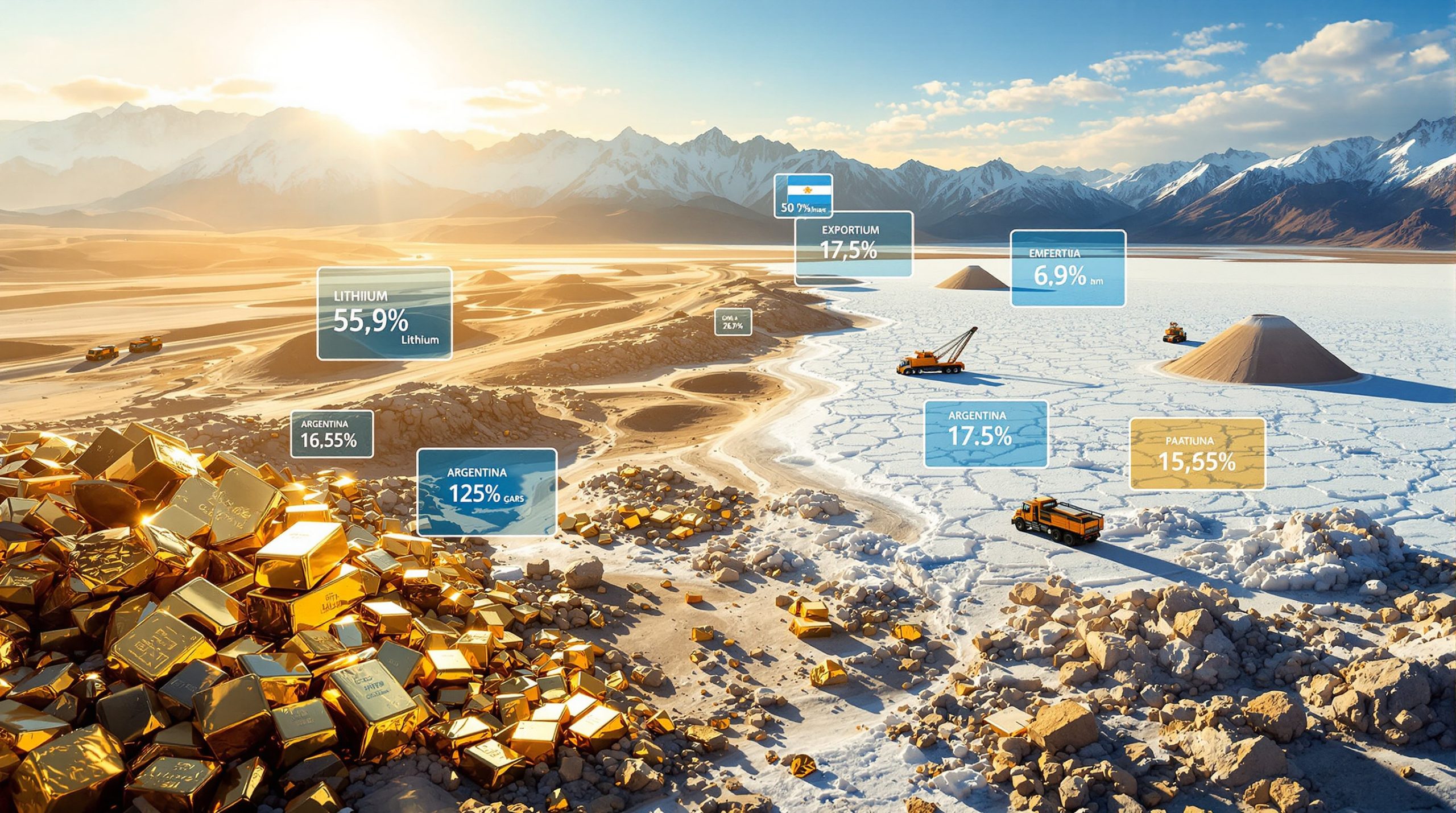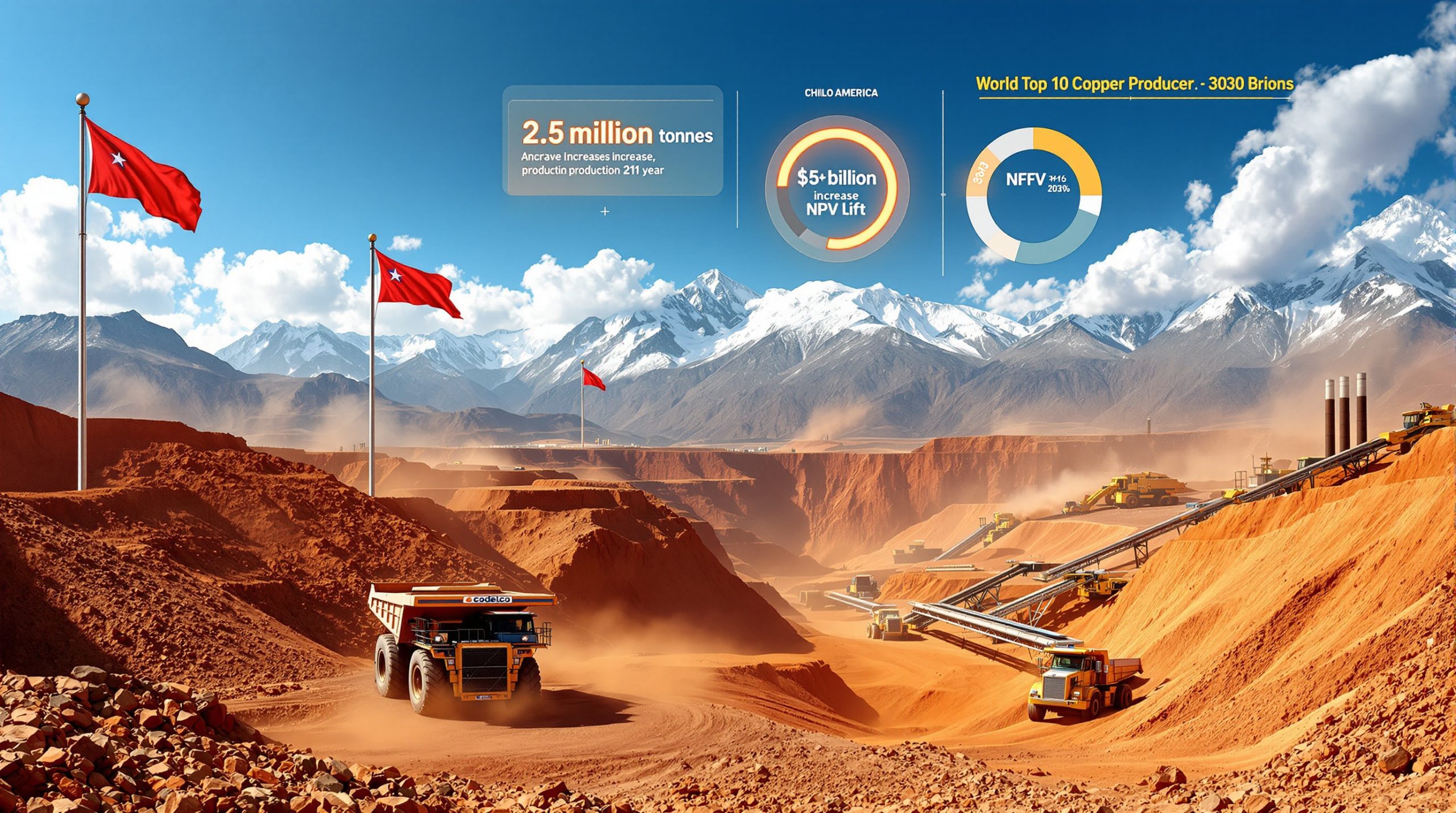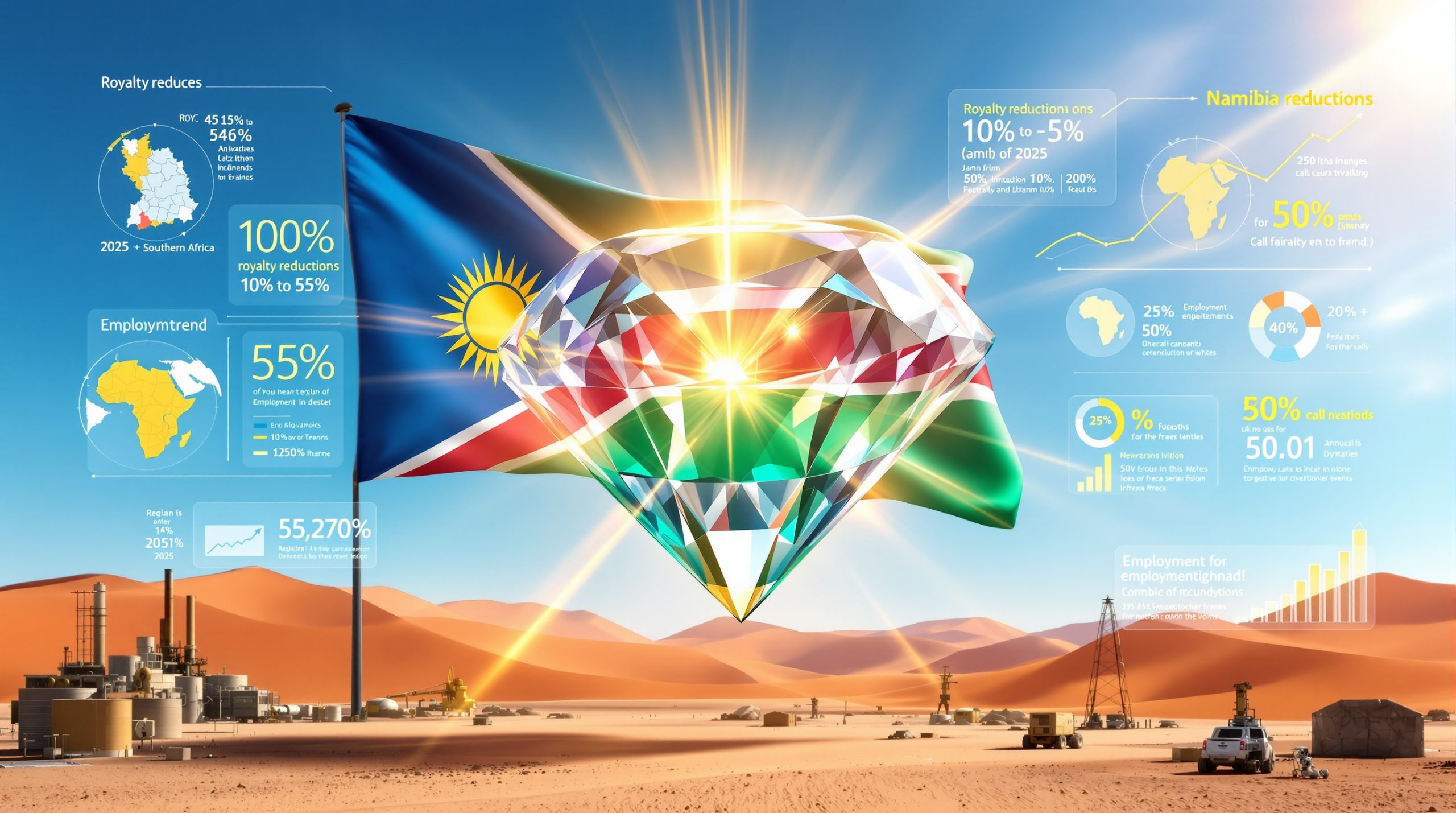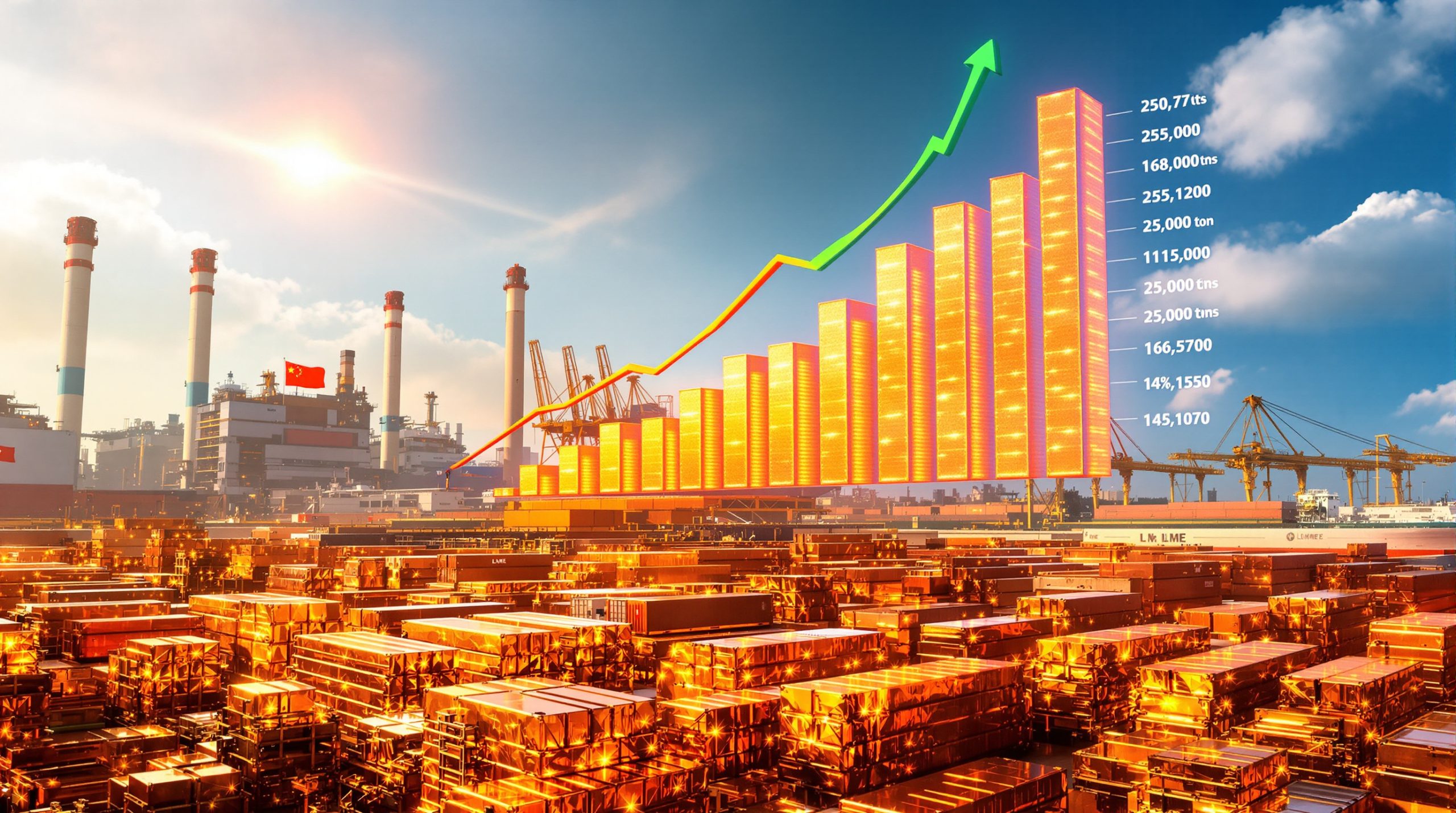The Green Transformation of Ulanqab's Ferroalloy Industry
Ulanqab's ferroalloy industry has undergone a remarkable transition from its origins as a polluting, energy-intensive sector to a model of green manufacturing. This transformation represents not just a local success story, but a blueprint for how traditional heavy industries can adapt to meet environmental challenges while maintaining economic viability. Once characterized by open furnaces and "sky burning" of coal gas, today's Ulanqab ferroalloy sector showcases how technological innovation, policy guidance, and industry commitment can align to create sustainable industrial development.
The Evolution from "Black, Large, and Crude" to Green Production
When Ulanqab's ferroalloy industry emerged in the 1990s, it followed the development path typical of the era: emphasizing output over efficiency and environmental impact. The landscape was dominated by unsealed submerged arc furnaces that released significant emissions directly into the atmosphere, while the wasteful practice of "sky burning" coal gas squandered valuable resources while contributing to air pollution.
Despite these challenging beginnings, the industry grew to become an economic cornerstone for the region. Today, Ulanqab stands as China's largest ferroalloy-producing prefecture-level city, with an annual output value exceeding 80 billion yuan. This economic success, however, now comes with a fundamentally different approach to production.
The catalyst for this transformation came with China's announcement of its "dual carbon" goals—achieving carbon peak by 2030 and carbon neutrality by 2060. For Ulanqab's energy-intensive ferroalloy sector, these national objectives presented both a challenge and an opportunity to reimagine production processes through mining innovation trends.
The "Three Batches" and "Five Transformations" Strategy
In 2021, Ulanqab implemented its comprehensive "Three Batches" and "Five Transformations" strategy, which has served as the framework for the industry's green evolution. This carefully structured approach addressed both immediate environmental concerns and long-term sustainability goals.
The "Three Batches" component focused on:
- Eliminating outdated facilities – Targeting the most inefficient and polluting operations
- Upgrading through technological transformation – Modernizing salvageable production capacity
- Extending industry chains – Creating additional value from by-products and waste streams
Complementing this, the "Five Transformations" addressed specific operational aspects:
- Dust sealing – Containing particulate emissions through enclosed systems
- Energy consumption benchmarking – Establishing and enforcing efficiency standards
- Resource recycling – Implementing circular economy principles
- Intelligence – Incorporating automation and smart manufacturing
- Green energy utilization – Transitioning to renewable power sources
This strategic framework has driven approximately 4 billion yuan in technological upgrade investments between 2021 and 2022 alone. The results have been substantial: since 2021, Ulanqab has phased out 1.52 million metric tons of outdated production capacity while reducing the number of ferroalloy enterprises from 91 to 58, creating a more efficient, concentrated industry.
As Deputy Mayor Yu Haicheng noted, "Ulanqab organized local enterprises to collaborate with domestic research institutes, universities, design units, and equipment manufacturers to actively promote the R&D of DC smelting technology," highlighting the collaborative approach that has made this transformation possible.
How Technological Innovations Enable Greener Ferroalloy Production
The cornerstone of Ulanqab's ferroalloy industry green transformation has been the aggressive pursuit and implementation of innovative technologies that address the industry's environmental impacts while improving economic performance.
DC Smelting Technology: A Game-Changer for Energy Efficiency
Traditional AC (alternating current) submerged arc furnaces have been the standard in ferroalloy production for decades, but they present significant limitations in terms of energy efficiency and load regulation. Recognizing these challenges, Ulanqab fostered collaboration between enterprises, research institutions, universities, and equipment manufacturers to develop superior alternatives.
This collaborative effort bore fruit in 2024 when Inner Mongolia Jinglei Industrial Co. successfully implemented "DC submerged arc furnace smelting technology" for manganese-silicon alloy production. This breakthrough involved building large-capacity, fully enclosed submerged arc DC smelting furnaces that deliver remarkable improvements over conventional technology:
- 10-15% reduction in electricity consumption
- Approximately 10% decrease in coke consumption
- Significantly lower production costs
- Reduced emissions and environmental impact
The DC smelting technology represents a true win-win, simultaneously cutting costs and environmental impact—proof that economic and energy transition insights can align with the right technological approach.
Waste-to-Value Conversion Technologies
Perhaps even more impressive than efficiency improvements is how Ulanqab's ferroalloy industry has transformed waste streams into valuable products through innovative technologies:
- Electric furnace tail gas utilization: Jitie Ferroalloy captures and repurposes nearly 600 million cubic meters of electric furnace tail gas annually, replacing natural gas in other processes
- Graphite electrode production: The company converts waste gases into 100,000 metric tons of large-sized ultra-high-power graphite electrodes
- Methanol manufacturing: Carbon capture processes yield 175,000 metric tons of methanol products annually
- Slag recycling: Ferroalloy slag, once considered waste, now feeds the production of rock wool and mineral wool for construction applications
- Energy recovery: Residual gas and heat recovery systems generate electricity, further improving efficiency
Guo Jun, Chairman of Jitie Ferroalloy, explains the significance: "Utilizing tail gas achieves carbon capture and neutrality while extending the industry chain." This approach has led to 100% utilization of residual gas and comprehensive disposal of waste slag across the industry.
Advanced Process Control and Automation
Beyond the headline technologies, Ulanqab's ferroalloy producers have implemented sophisticated process control systems that optimize energy usage, raw material consumption, and product quality. These systems provide real-time monitoring and adjustment capabilities that were impossible with older production methods.
The combination of DC smelting, waste valorization, and advanced control systems has transformed the technological foundation of Ulanqab's ferroalloy industry, making it possible to maintain high production volumes while dramatically reducing environmental impact through mining electrification insights.
Economic and Environmental Benefits of the Transformation
The green transformation of Ulanqab's ferroalloy industry has delivered substantial benefits on both economic and environmental fronts, demonstrating that sustainability and profitability can be mutually reinforcing.
Economic Performance Metrics
The economic achievements of the transformed industry are impressive:
- Current annual output value exceeding 80 billion yuan, with a target of reaching 100 billion yuan
- Total ferroalloy production of 11.32 million metric tons in 2024
- Creation of 18,000 jobs across the region
- New revenue streams from by-products that were previously discarded as waste
A striking example comes from Baite Metallurgical, where General Manager Yang Lijun reports: "Green development strengthened our momentum—recycling operations generate over 100 million yuan annually." This additional revenue comes from slag recycling and power generation—turning what was once a cost center (waste disposal) into a profit center.
The economic benefits extend beyond direct revenue. Energy efficiency improvements have reduced production costs, making Ulanqab's ferroalloy products more competitive in national and international markets. The extended value chains through integrated production systems have also increased the region's economic resilience by diversifying product offerings.
Environmental Improvements
The environmental gains from the transformation have been equally significant:
- 60% of production capacity now meets or exceeds energy efficiency benchmark standards
- More than 60% green electricity usage in newly built projects
- Substantial carbon emissions reduction through green electricity supply and process improvements
- Complete elimination of "sky burning" and other polluting practices
- 100% waste management through circular economy implementation
The visual transformation is striking. Areas once dominated by open furnaces belching smoke now feature modern, enclosed facilities surrounded by greenery. The air quality improvement is palpable, with the characteristic dust and smell of traditional ferroalloy production notably absent.
These environmental improvements represent not just compliance with regulations but a fundamental shift in the industry's relationship with the natural environment—transitioning from extensive, extractive production methods to refined, resource-efficient approaches that minimize ecological impact.
Future Developments Planned for Ulanqab's Ferroalloy Industry
While the achievements to date are substantial, Ulanqab's ferroalloy industry is continuing to push forward with ambitious plans for further green development.
Upcoming Green Energy Projects
In April 2025, a 2.56 billion yuan green power supply project was launched in Xinghe County, marking a significant next step in the industry's evolution. This project focuses on leveraging the region's abundant renewable energy resources to further decarbonize ferroalloy production.
Deputy Mayor Yu Haicheng articulated the vision: "Ulanqab will leverage abundant new energy resources to explore carbon-free smelting technologies." This exploration includes:
- Integrating green electricity directly into smelting processes
- Developing carbon-free smelting technologies and procedures
- Creating a gradual transformation pathway toward zero-carbon industry
- Implementing advanced carbon capture, utilization, and storage (CCUS) technologies
These initiatives aim to establish Ulanqab as a pioneer in truly sustainable ferroalloy production—moving beyond reducing carbon emissions to potentially eliminating them entirely through innovative mine reclamation innovations.
Strategic Industry Vision
Ulanqab's leadership has positioned the ferroalloy sector as a core and pillar industry for the region's future economic development. This vision includes:
- Targeting 100 billion yuan in output value
- Establishing green and low-carbon development as a distinctive regional feature
- Creating a model for traditional industry transformation under "dual carbon" goals
- Building competitive advantage through environmental performance
The strategy recognizes that in the coming decades, environmental credentials will become increasingly important for market access and competitiveness. By investing early in green transformation, Ulanqab's ferroalloy industry aims to secure a leadership position in this new landscape.
Case Studies: Leading Examples of Green Transformation
The theoretical benefits of green transformation become tangible when examining specific companies that have embraced and implemented these changes. Three enterprises stand out as exemplars of different aspects of the transformation process.
Inner Mongolia Jitie Ferroalloy Co., Ltd.
Jitie Ferroalloy has become a showcase for comprehensive tail gas utilization and circular economy principles. The company has implemented:
- An integrated tail gas utilization system that captures nearly 600 million cubic meters annually
- Production facilities for graphite electrodes (100,000 metric tons per year) using recovered carbon
- Methanol manufacturing plants producing 175,000 metric tons annually through carbon capture
- Industry chain extension through innovative processes that convert waste to value
As Chairman Guo Jun explains, this approach "achieves carbon capture and neutrality while extending the industry chain." The company's facilities now present a stark contrast to traditional ferroalloy operations, with minimal emissions, surrounding greenery, and dramatically improved air quality.
Inner Mongolia Baite Metallurgical and Building Materials Co., Ltd.
Baite Metallurgical has made resource recycling its central focus, developing sophisticated processes for tail slag utilization:
- Processing 245,000 metric tons of tail slag annually that would otherwise require disposal
- Rock wool production through cold slag high-temperature melting
- Mineral wool production via hot slag hot-charging and hot-mixing methods
- Electricity generation from residual gas and heat recovery
These initiatives generate over 100 million yuan in annual output value from what were previously waste materials. General Manager Yang Lijun notes that "green development strengthened our momentum," highlighting how environmental improvement has driven economic success.
Inner Mongolia Jinglei Industrial Co., Ltd.
Jinglei Industrial represents the cutting edge of technological innovation in the sector, having:
- Pioneered DC submerged arc furnace technology in collaboration with research institutes
- Achieved 10-15% electricity consumption reduction compared to conventional methods
- Reduced coke consumption by approximately 10%
- Demonstrated the economic benefits of environmental improvements
Jinglei's success underscores the importance of research collaboration and technological innovation in driving sustainable industry transformation. By working with academic and industry partners, the company was able to implement advancements that might have been beyond the reach of a single enterprise.
Understanding Ulanqab's Ferroalloy Industry Transformation
What are ferroalloys and why are they important?
Ferroalloys are alloys of iron with high concentrations of one or more elements such as manganese, silicon, or chromium. They serve as essential inputs in steel production, where they:
- Add specific properties to steel (strength, corrosion resistance, etc.)
- Remove impurities during the steelmaking process
- Help control the chemistry of the final steel product
The strategic importance of ferroalloys extends throughout manufacturing supply chains, as they enable the production of specialized steels used in everything from construction and automotive manufacturing to renewable energy infrastructure.
China has emerged as the world's largest producer of ferroalloys, and within this national context, Ulanqab has become the largest ferroalloy-producing prefecture-level city, making its transformation particularly significant for the industry as a whole.
How does the "dual carbon" policy impact heavy industries like ferroalloy production?
China's "dual carbon" policy—achieving carbon peaking by 2030 and carbon neutrality by 2060—creates both challenges and opportunities for energy-intensive industries like ferroalloy production:
- Regulatory requirements: Increasingly stringent emissions standards and energy efficiency benchmarks
- Compliance timelines: Phased implementation that allows for planned technological transformation
- Financial implications: Both costs (for upgrades) and benefits (from efficiency gains)
- Competitive positioning: Early adopters gain advantages as environmental criteria become more important in markets
For Ulanqab's ferroalloy industry, the policy has served as an accelerator for transformation that ultimately enhances competitiveness. By embracing rather than resisting the transition, local enterprises have positioned themselves advantageously for a lower-carbon future.
What economic benefits can traditional industries gain from green transformation?
The experience of Ulanqab's ferroalloy sector demonstrates several clear economic benefits from green transformation:
- Cost savings through energy efficiency: Reduced electricity and coke consumption directly improves margins
- New revenue streams from by-product utilization: Waste materials become valuable inputs for other processes
- Enhanced market positioning: As buyers increasingly value environmental credentials
- Access to green financing: Preferential terms for environmentally responsible projects
- Long-term sustainability and resilience: Reduced vulnerability to future environmental regulations
Baite Metallurgical's experience of generating over 100 million yuan annually from recycling operations exemplifies how environmental improvements can create direct financial returns.
What technologies are most promising for decarbonizing ferroalloy production?
Based on Ulanqab's experience, several technologies show particular promise for decarbonizing ferroalloy production:
- DC smelting systems: Offering 10-15% electricity savings over AC systems, with better control capabilities
- Waste heat and gas recovery: Capturing and repurposing energy that would otherwise be lost
- Green electricity integration: Directly reducing carbon emissions through renewable power sources
- Carbon capture utilization and storage (CCUS): Converting captured carbon into valuable products
- Process optimization and smart manufacturing: Using data and automation to maximize efficiency
The combination of these technologies—rather than any single solution—offers the most promising pathway to truly sustainable ferroalloy production through the integration of green critical minerals.
Looking Ahead: The Future of Green Ferroalloy Production
The transformation of Ulanqab's ferroalloy industry from "black, large, and crude" to green and efficient production demonstrates how even the most challenging heavy industries can successfully navigate the transition to sustainability. This journey has required technological innovation, policy support, substantial investment, and a fundamental shift in industry mindset.
As global pressure for decarbonization increases, Ulanqab's experience offers valuable lessons for other industrial regions. The most important may be that environmental improvement and economic development need not be opposing forces—with the right approach, they can become mutually reinforcing aspects of a sustainable industrial future.
For Ulanqab itself, the path forward involves continuing to push technological boundaries, further integrating renewable energy, and extending the principles of circular economy throughout the industry. The target of 100 billion yuan in output value represents not just an economic goal but an aspiration to prove that traditional heavy industry can thrive while contributing to, rather than detracting from, environmental health.
Disclaimer: This article presents current developments and future plans based on available information. Actual implementation timelines and results may vary due to technological, economic, or policy changes. Readers should consult official sources for the most current information on specific projects and investments.
Want to Stay Ahead of Major Mineral Discoveries?
Don't miss your chance to capitalise on significant ASX mineral discoveries the moment they happen. Explore Discovery Alert's proprietary Discovery IQ model at https://discoveryalert.com.au/discoveries/ and start your 30-day free trial today to gain that crucial market advantage.
